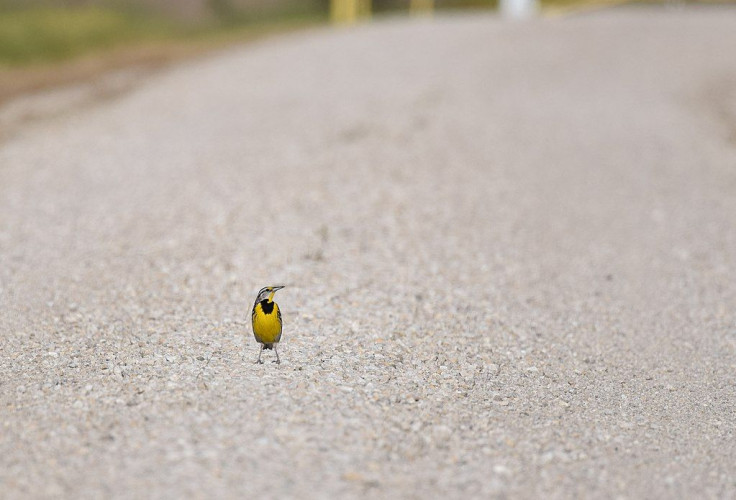Birds Shrinking But Wings Getting Longer Due To Climate Change

Field Museum personnel and volunteers have been gathering the remains of dead birds that collided with buildings in Chicago since 1978. They collected a total of over 70,000 specimens from 52 different species through the years, and kept a detailed record of each specimen ’s body measurements.
For a new study published in the journal Ecology Letters, a team of researchers analyzed the detailed 1978 to 2016 dataset to look for trends in the creatures’ body shape and size, and found that all 52 species exhibited a decrease in size, 49 of which is considered significant. Further, during the same period, 40 out of 52 species also had a significant increase in wing length.
Specifically, tarsus length, considered to be the most precise measurement of within-species body size variations, declined by 2.5 percent, while where was a mean wing length increase of 1.3 percent. The researchers further found that the species with the fastest tarsus length decline were also those that exhibited the fastest wing length increase.
Interestingly, the body changes among the species appears to run concurrent with increases in temperature. In fact, the birds were responding in a similar way even if they were of different species, and even short-term fluctuations in temperature and body size were actually synchronized.
“Periods of rapid warming are followed really closely by periods of decline in body size, and vice versa,” study lead author Brian Weeks of the University of Michigan said.
According to the authors, it is possible that the decrease in body size is likely a response to warming temperatures, while the increase in wing length means to offset the declines in body size.
Over the past decades, it has been suggested that decreases in animal body size might be a result of present-day global warming, but evidence to support the claim has largely been mixed. According to the researchers, this could be because there are not a lot of datasets as thorough as the Field Museum’s.
But, because of the Field Museum’s data set, researchers were able to clearly see the trends and the University of Michigan-led study is now the largest specimen-based analysis of body size changes in response to recent warming. It is now added to the growing list of studies showing how animals are shrinking in response to increasing temperatures.
“When we began collecting the data analyzed in this study, we were addressing a few simple questions about year-to-year and season-to-season variations in birds,” co-author David Willard of Field Museum said. He is the ornithologist who measured all 70,716 birds. “The phrase ‘climate change’ as a modern phenomenon was barely on the horizon. The results from this study highlight how essential long-term data sets are for identifying and analyzing trends caused by changes in our environment.”
The birds involved in the study are small-bodied songbirds that breed in Chicago in the summer and migrate in high numbers.
Researchers are now planning to conduct a follow-up study once again using the Field Museum's thorough dataset.
© Copyright IBTimes 2024. All rights reserved.






















